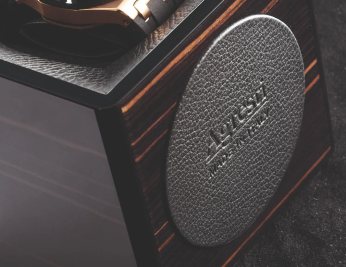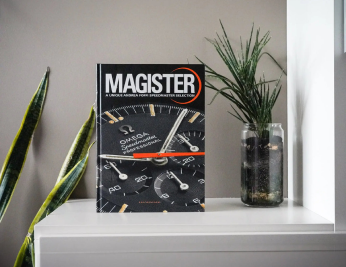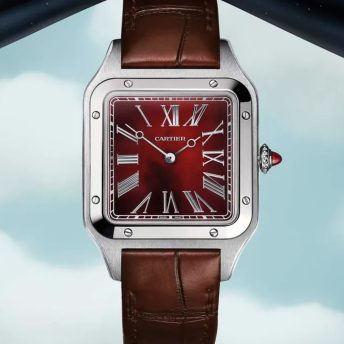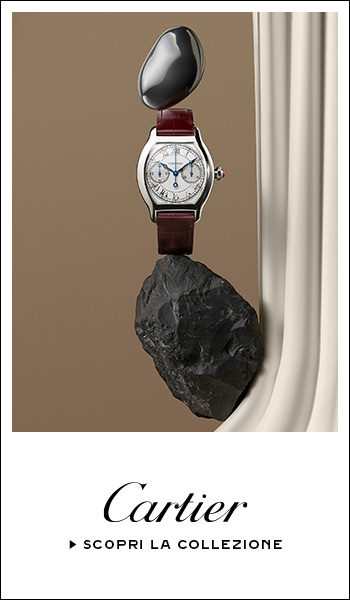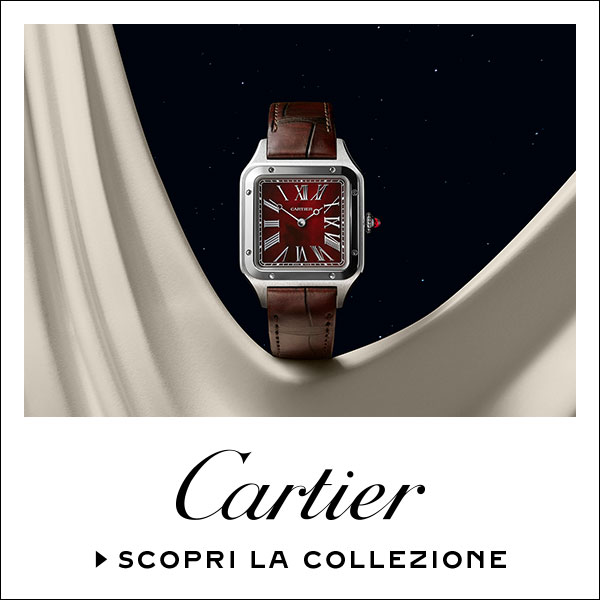Today we’ll discuss over the history of a timeless classic, a watch that matches elegance to practicality, style to technique. In one word: “Reverso”, by Jaeger-LeCoultre.
Many models have been produced by watch brands during the years, but just a few were able to leave a mark in history like the Reverso. This watch stands out from the crowd for a particularity that we can definitely describe as innovative.
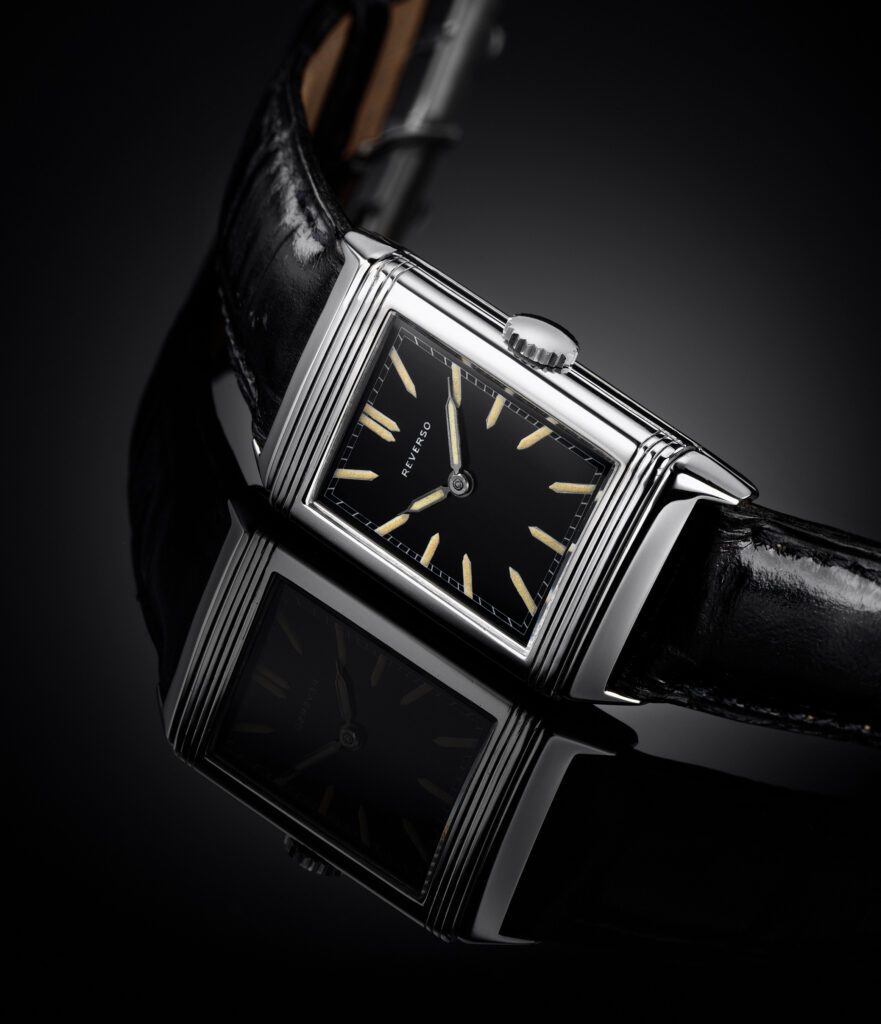
How was the idea of a reversible watch born?
To find an answer, we need to take a dive in the past, precisely to 1930.
In that year Cesar De Trey, a wealthy Swiss businessman and watch trader, was attending a thrilling polo match in India, a very popular sport in the country at that time.
When it was over, a British army officer complained about his watch glass being broken during the match and, jokingly, asked Cesar de Trey to invent a classic and elegant timepiece, suitable for formal situations yet strong enough to withstand shocks in polo matches.
Actually, thinking about military trench watches, solutions to protect the watch from shocks were already available. Some models, in fact, came with grills over the glass, like the one in the Cartier Pasha.
However, they couldn’t measure with aesthetics standards from that amazing era called “Art Decò”.
Here’s when De Trey came up with an ingenious solution: a system able to rotate the case to protect the crystal and the dial efficiently.

The realization
Back to Switzerland, the entrepreneur proposed his idea to the close friend Jacques-David LeCoultre (director of what was “LeCoultre & Cie”) that immediately showed a big interest.
Together, they quickly realized that to build such a case, they needed to find real experts in the field. So, in the autumn of 1930, Jacques-David LeCoultre travelled to Paris to meet the French brand “Jaeger”, true specialist in watch case design. They were immediately interested and assigned the project to the engineer Alfred Chauvot.
The 4th March 1931, the patent n.712.868 was submitted to the Paris patent office, along with all the technical projects and documents for one of the most charming cases ever produced.

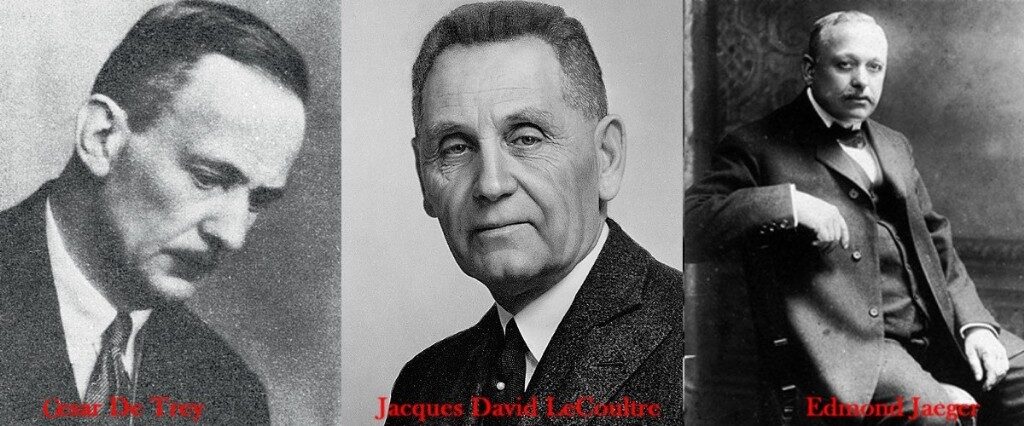
The functionning
It was composed by three elements: the case structure (where we find the slide housing), the case, the pivots (for its rotation) and the spheres necessary to lock the case to the structure once rotated.
On the 31st July 1931, Cesar De Trey bought the rights from Alfred Chauvot and named the watch “Reverso”.
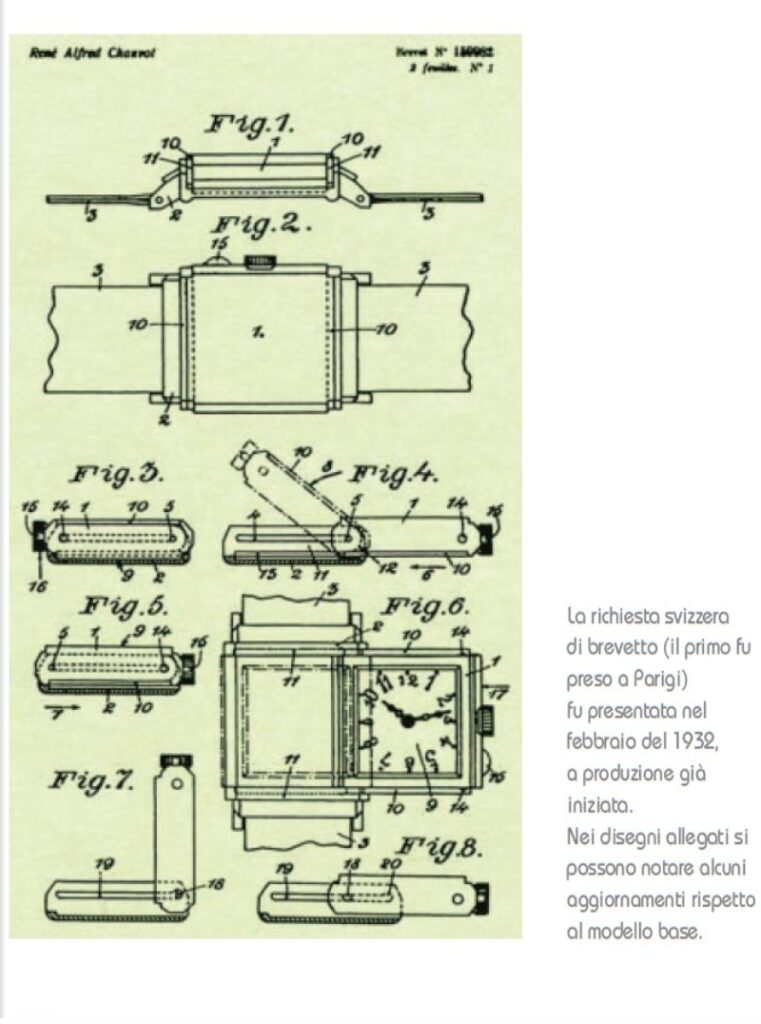
The Genevan factory Wenger was chosen for the realization of the first batch of cases. The goal was to commercialize the watch by the end of the year, but they had to face a big obstacle.
No calibers from LeCoultre & Cie were suitable for the new case. This is why in early models, up to the late 1932, calibers were sourced from Tavannes Watch & co. (exactly the cal.064 for male models and the cal.050 for women’s)
Later, during 1933, LeCoultre & Cie developed its in-house movement cal.11’’’U and 11’’’UO (small seconds), the 11’’’USC (center seconds) and the 9’’’U for women models (with no second hand).

Particularities
One thing to specify is that on early dials we can only find the print Reverso or LeCoultre. We have to wait until 1937 to find the final name that will accompany the Reverso up to today: Jaeger-LeCoultre, name born from the collaboration between Jacques-David LeCoultre and Edmond Jaeger’s heirs (Gustave Delage and Edmond Audemars).

Complications
The Reverso is a model that fulfilled its “original geometry”, confirming an inborn elegance and essentiality. It’s also very difficult to fit advanced complications in such a small watch. Difficult but not impossible for JLC’s development unit, that in the last years is developing always more complicated models.
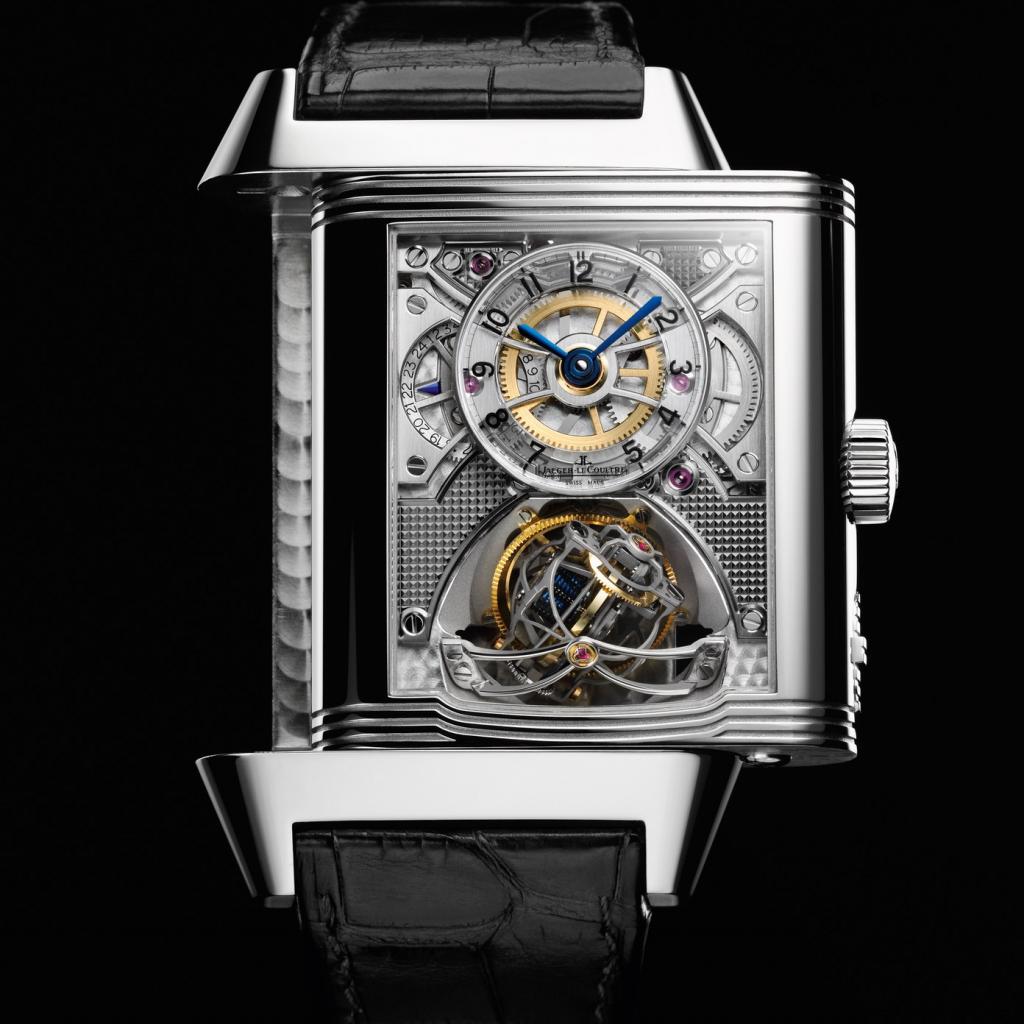
In the picture we can admire on of the most complicated models from the maison: the Reverso Tribute Gyrotourbillon. An extremely avantgarde watch that fits an escapement that goes beyond the already complicated tourbillon, being spherical and moving on multiple axes (hence the name “Gyro”).
The watch features a 51,1 x 31mm platinum case, waterproof to 3 bar, and the new caliber cal.179 with 21.600 vph, manual wound, consisting of a whopping 385 components.
Among the several complications, we can identify a dual time zone, a day-night indicator and small seconds, displayed by the gyrotourbillon rotation. The watch is built with the “duo face” logic: rotating the case we find a second dial, like if we’re holding two different watches in a single one.
The Reverso Tribute Gyrotourbillon is a 75-pieces limited edition with list price of €270.000. No need to say that, due to rarity and complications, it’s extremely difficult to find on the market.
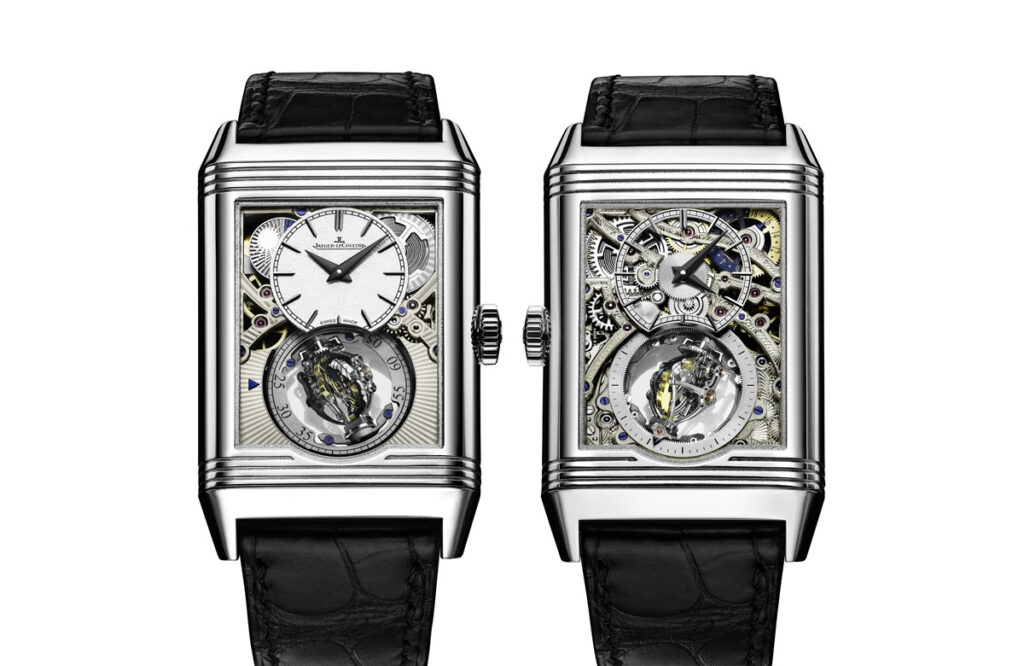
Limited editions
To confirm its extraordinary artistic creativity, over the years JLC presented different Reverso limited editions featuring actual artworks in enamel or engravings.
These express the will to distinguish not just for mechanics, but for something exquisitely artistic, aside from horology. In these pictures we can admire three concrete examples of art applied to horology using the enamel technique.
In the first, we find a tribute to the painter Vincent van Gogh.
We can see his famous sunflowers vase, picked in Arles’ countryside, ready to decorate the room that would have hosted his close friend Paul Gauguin.
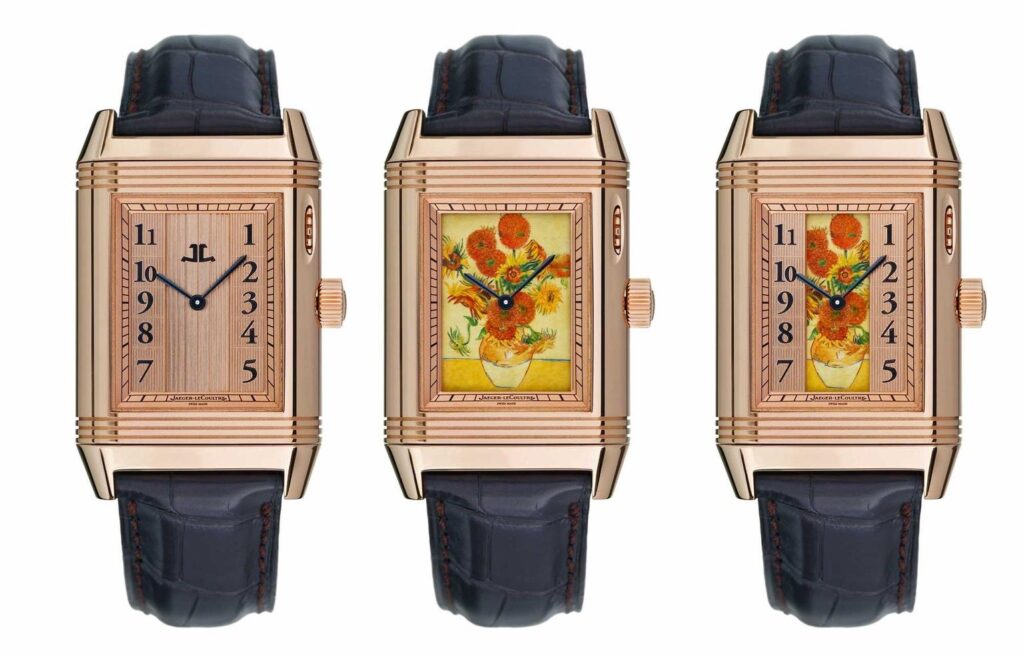
The second is a tribute to the artist Ferdinand Hodler
For the 100th anniversary of his death, Jaeger-LeCoultre decided to pay him homage with a watch representing mountains reflected in Thun’s lake.
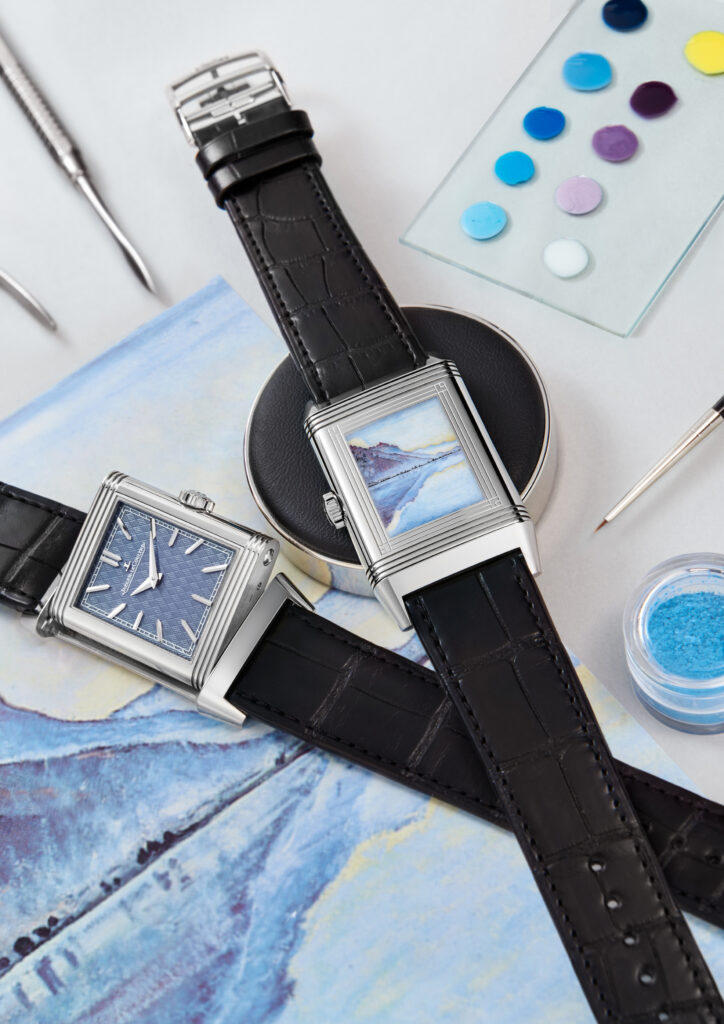
In the third image we find the tribute to one of the most representative painting of the “pointillisme” movement.
It’s the masterpiece by the neoimpressionist Georges Seurat: “A Sunday afternoon on the island of La Grande Jatte”, set on the Seine’s shores not far from Paris. To create this super tiny artwork, the enameler required more than 70 hours of work!
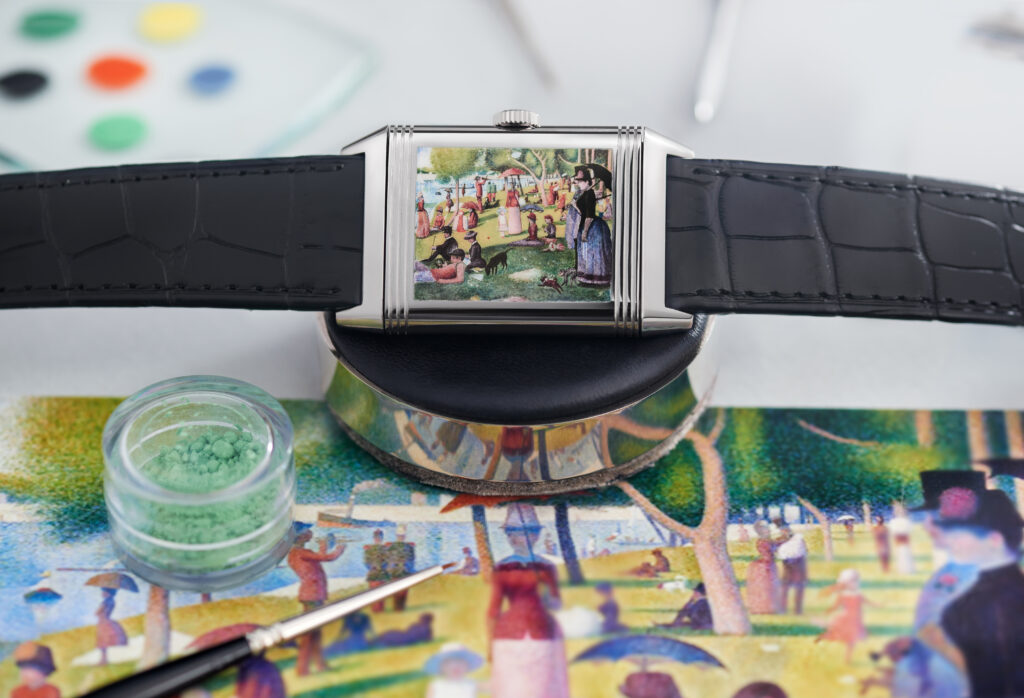
Market
As you have seen in the previous section, having a reversible caseback is a great way to go crazy with decoration. For this reason, the brand offers a remarkable engraving and enameling service, to let anyone express himself with his Reverso. This makes it the perfect watch for people with a huge attention to details, or just in search of a high level of personalization.
On today’s luxury watches market, the Reverso is not a particularly expensive model both in vintage and in modern. This is mainly due to its shape, size and versatility, which isn’t the same as back in 1931.
Very early models, with Tavannes calibers and the print Reverso on the dial, have a market value that starts at €8000. (Price is strictly influenced by conditions and the rare box and papers)
Later vintage models, with LeCoultre calibers and the maison’s name, can be found around €6000.
Same thing for actual references, because it’s been proved that new JLC Reverso models go thru a consistent depreciation just after being bought at list price. That being said, it’s often suitable to consider the pre-owned market, were it’s possible to find pristine conditions models, at considerably lower prices.
Talking about numbers, we can buy a fantastic JLC Reverso in excellent conditions around €4000 depending on the model, not considering complications and limited editions.
Translated by Lorenzo Spolaor

